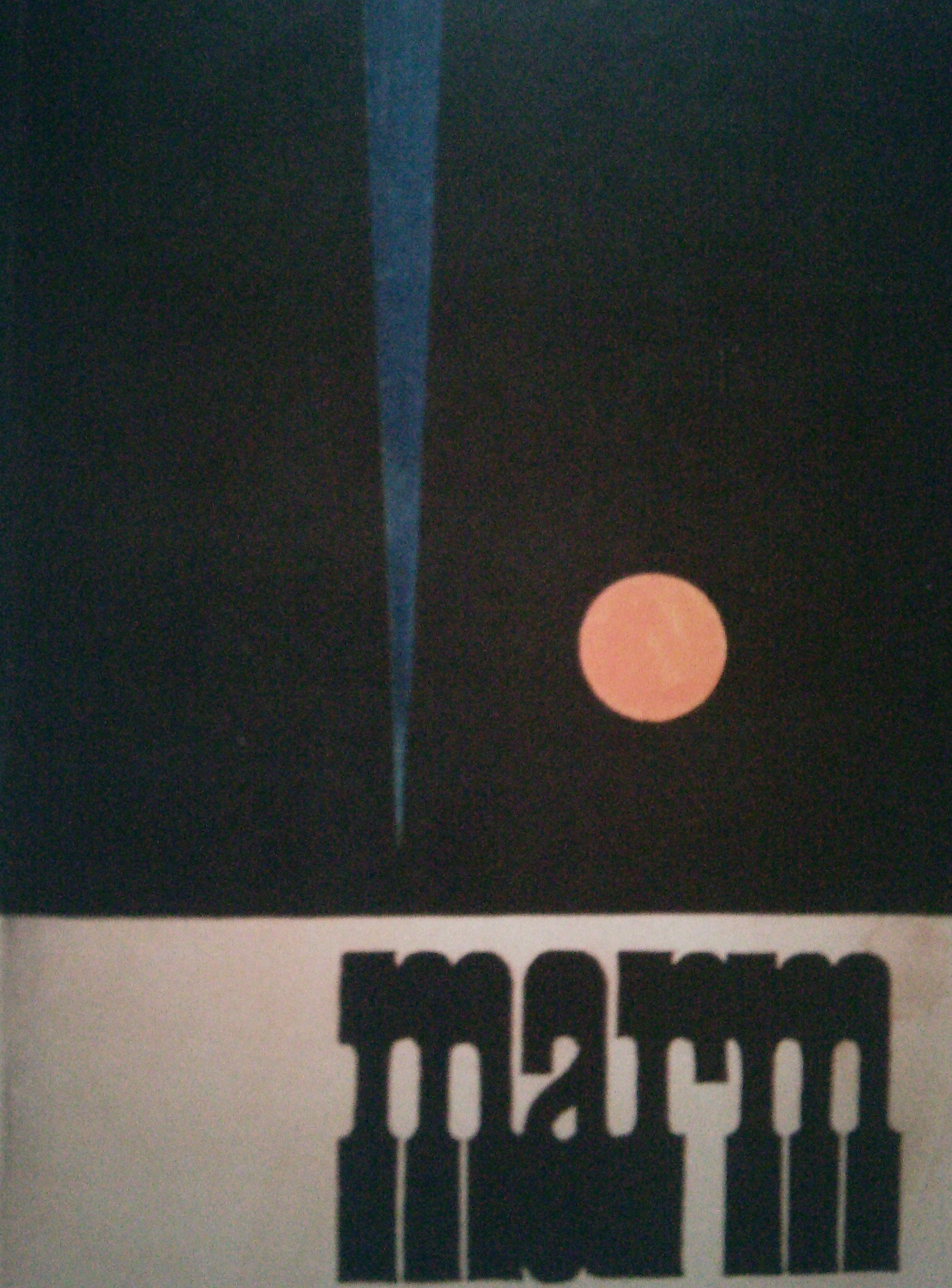The collection of manuscript magazines is held in the Estonian Cultural History Archives. In total, there are 277 items in the collection, from the years 1916 to 1988. The first item from the Soviet period was created in 1967. The collection includes manuscript magazines and almanacs of schools, university students, literary groups, and others. In addition, there is material from religious organisations, poetry written in refugee camps, etc. The collection also includes magazines from literary circles at the University of Tartu from 1950 to 1959, but these magazines are truly loyal Stalinist writings.
Before reaching the archives, the journals were owned by various associations and private individuals. Material from 1936 to 2015 has been donated to the museum. The most important magazines from Soviet times were collected for the archive in 1988-1989. Magazines from the Soviet era have been donated by the Young Authors Society in Tartu, the Young Authors Society in Tallinn, Velli Verev, Matti Milius, Ain Kaalep, Jaan Isotamm, Erast Parmasto, Jaan Unt, Udo Otsus, Pille Kippar, Enn Nõu, Ants Haljasmaa, and others. Most donations were made by Jaan Isotamm. However, he donated copies of magazines and kept the originals. An independent collection of magazines was formed in the 1990s, when a large number of publications had already accumulated in the archive. The collection has the signature ECHA 321.
Samizdat activity in Estonia began in the second half of the 1960s, during the period of ‘the Thaw’. From the beginning, young authors contacted real political freedom fighters, especially Jaan Isotamm, who himself also published work in these journals. Underground magazines offered the opportunity to publish outside institutions and without being censored. Journals were reproduced on typewriters, and by the early 1980s copying machines were being used. They were distributed and read in narrow circles, sometimes quite publicly in the early 1980s, such as in the university café.
In addition to literary works, manuscript magazines also reflected themes that were excluded from public discussion and disapproved of by the authorities. Dealing with these issues helped to preserve the idea of resistance, and in the early 1980s some magazines became political. These magazines also touched on topics of the modernisation of language, which were officially taboo. The reception of underground magazines was virtually absent in the official media, only a few articles were published. At the same time, internal reviewing worked: manuscript magazines would review each other's work.
Underground publishing activities were monitored by the KGB, who tried to suppress them. The first period of active underground publishing ended in 1973, partly because of a wave of repressions. There was a new wave of repressions in the late 1970s, this time also with people being sentenced to prison camps.
Nevertheless, in addition to outsiders, i.e. authors who were not recognised by the authorities, authors who by then or a little later already had the opportunity to publish their works officially also participated in the manuscript magazine movement, such as Leelo Tungal, Paul-Eerik Rummo, Ain Kaalep, Jaan Kaplinski and Juhan Viiding.
The public became aware of the handwritten journals after the years 1989-1991. During these years, participants' memories, poems and essays were published in the press. Later, a few collections of poetry by authors who until then had written only for manuscript magazines were published (e.g. Kalle Istvan Eller).
After that, the literary scholar Kersti Unt researched the topic. She wrote her MA thesis on the subject, and has compiled a book with a selection of poems and essays from manuscript magazines.

